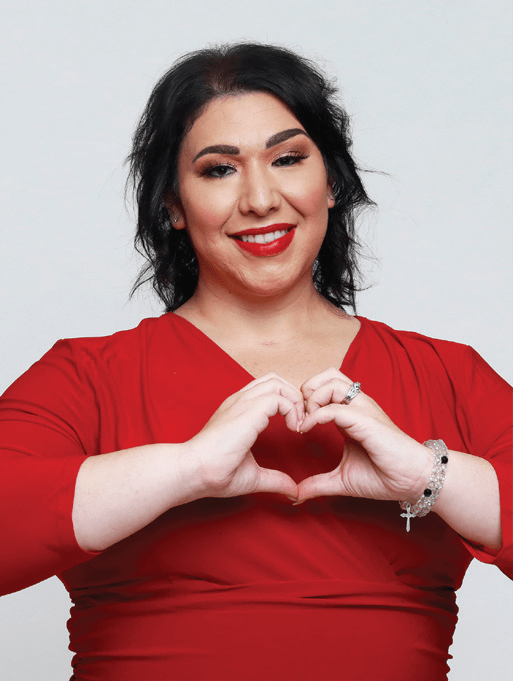Almost 30 percent of Americans under 45 don’t know the five most common signs of stroke according to recent research, and alarmingly this same age group is seeing a rise in strokes. While medical science continues to improve outcomes for stroke survivors, early identification followed by immediate medical attention can make a significant impact on the severity and complications of a stroke.
Andrea Engfer was lucky. Her husband knew something was wrong and acted fast. Days after giving birth to their first child, he rushed Andrea to urgent care when she complained of an extreme headache. “My headache turned into a migraine so bad that I started crying. On the way [to urgent care] I couldn’t keep my eyes open. Then I let out a big scream because it felt like my head was going to explode. After that I don’t remember anything,” recounted Andrea.
For the next 12 days, Andrea was in a medically induced coma with her young family desperately hoping she’d be okay. She had suffered a significant brain hemorrhage and the doctors thought she might never see again because the type of stroke she suffered severely impacted eyesight. After 43 days in the hospital and intensive physical therapy, Andrea relearned to walk, talk, read and write, although she still has a vision deficit and deals with memory loss and cognitive issues.
Now as an Ambassador of the American Heart Association, Andrea is dedicated to raising awareness of strokes and prenatal health. While many people under 45 don’t consider themselves potentially at risk for stroke, high blood pressure, high cholesterol, heart disease and diabetes, all can be contributing factors. Andrea urges people to “Know your numbers! Keeping track of your blood pressure is so important. Many of us are not aware of our blood pressure or where it needs to be. Not only that, but many of us don’t know what the numbers mean. I looked up that information and also bought a blood pressure machine after my stroke and I check it daily. If my blood pressure spikes I let my doctor know and we figure out a plan.”
By learning what a stroke looks like, you could help someone get the help they need during critical minutes when symptoms come on quickly. The early signs of stroke include:
• severe migraines
• numbness in the face/arm/hand
• confusion/trouble speaking
• difficulty walking/dizziness/loss of balance
• trouble seeing in one or both eyes
For Additional Information
American Heart Association
heart.org
HILLARY RYAN
SOURCE: THE AMERICAN HEART ASSOCIATION NEWS
